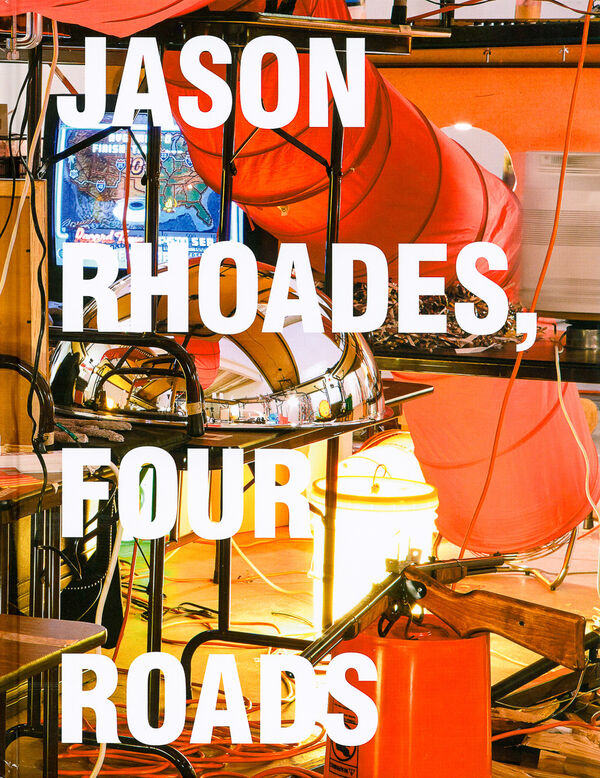Contact
art book cologne GmbH & Co. KG
Deutzer Freiheit 107
50679 Köln
Germany
Opening hours (office and showroom):
Monday to Friday 8 – 17
info@artbookcologne.de
Phone: +49 221 800 80 80
Fax: +49 221 800 80 82
About us
art book cologne, founded by Bernd Detsch in 1997, is a wholesale company and specializes in buying and selling high quality publications in art, art theory, architecture, design, photography, illustrated cultural history and all related subjects internationally. Our team includes specialists in art, culture, music, book trade and media but in spite of our diversity we have one common ground: the enthusiasm for unique art books.
We purchase remaining stocks from museums, publishers and art institutions. We sell these remainders to bookstores, museum shops, and art dealers all over the world.
Jason Rhoades – Four Roads
| Publisher | Prestel |
| Year | 2014 |
| Cover | Hardcover |
| Language | English |
| ISBN | 978-3-7913-5292-3 |
| Pages | 200 |
| Weight | 1270 g |
| More | |
| Author(s) | Ingrid Schaffner |
| Contributors | Martha Buskirk, Chris Kraus, Paul Schimmel |
| Type of book | Exhib'publication |
| Museum / Place | Institute of Contemporary Art, Philadelphia |
| Article ID | art-20131 |
This volume examines the remarkable legacy of Jason Rhoades’s complex body of work. The Los Angeles–based sculptor Jason Rhoades was widely celebrated for sprawling, ambitious, and daring installations, editions, and events prior to his untimely death in 2006.
Although he was far better known in Europe than America, many of Rhoades’s peers considered him to be one of the most important artists of his generation. In his work, cultural touchstones ranged from high to low, including the artists Marcel Duchamp, Donald Judd, and Paul McCarthy, race-car driver Ayrton Senna, actor Kevin Costner, the big bang, Swedish erotica, and the California gold rush.
This volume, accompanying the first US survey of his works, centers on four highly sensory, large-scale pieces that incorporate neon, radio, smoke rings, and even a model train into large environments that engulf the viewer. These four canonical installations are navigated via five critical essays that help unify Rhoades’s labyrinthine, often-overwhelming methods into the single overarching project he envisioned.
The book also features illustrations of each major work dating from 1991 to 2006, accompanied by explanatory texts that illuminate Rhoades’s materials and methods as both highly accessible and artistically complex.

